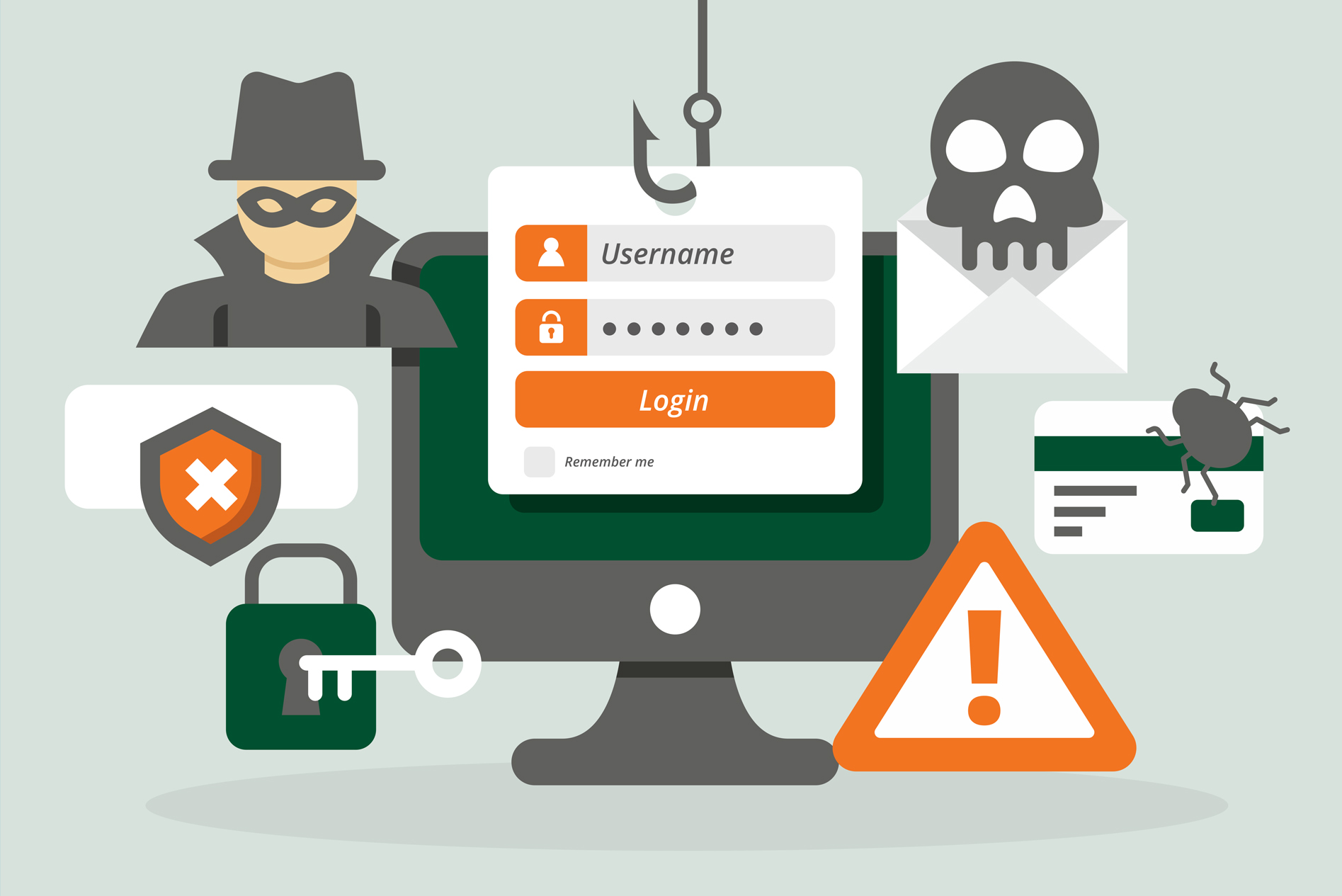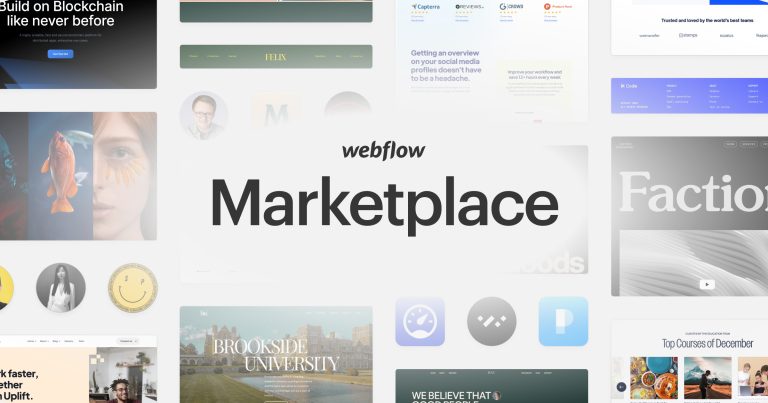How to Protect Yourself from the Intuit E-commerce Scam
Phishing is a type of cyberattack that involves sending deceptive emails to trick recipients into revealing sensitive information or installing malware on their devices. One of the most common phishing scams targets users of Intuit, a popular software company that provides products such as QuickBooks, TurboTax, and Mint. In this blog post, we, OnextDigital, will explain what the Intuit e-commerce scam is, how it works, and how to recognize and avoid it. We will also answer some frequently asked questions and provide some tips on how to stay safe online.
Understanding the Intuit E-commerce Scam

What Constitutes the Scam?
The Intuit e-commerce scam involves fraudulent emails masquerading as official communications from Intuit or Norton-Lifelock. These emails typically request payment for an unverified invoice and provide a fake customer support number, aiming to harvest your sensitive personal and financial information.
How Does the Scam Operate?
Scammers employ sophisticated tactics to appear credible, such as using Intuit’s name, logo, and a seemingly legitimate invoice. They create a sense of urgency to push recipients into making hasty decisions, risking malware infection and information theft.
How to Recognize and Avoid the Scam
The Intuit e-commerce scam can be hard to spot, especially if the recipient is a customer of Intuit or Norton-Lifelock and expects to receive emails from them. However, there are some signs that can help you identify and avoid these fraudulent emails. Here are some tips on how to recognize and avoid the Intuit e-commerce scam:
Recognizing Phishing Email Threats
Check the sender’s email address
The scammers may use a spoofed email address that looks similar to the official one, but has a slight variation or misspelling. For example, instead of @intuit.com, they may use @intiut.com or @intuit.co. If the email address does not match the official one, it is likely a scam.
Look for grammatical and spelling errors
The scammers may use poor grammar, spelling, and punctuation in their emails, which can indicate that they are not from a reputable company. For example, they may use capital letters, exclamation marks, or incorrect terms. If the email contains any errors, it is likely a scam.
Avoid clicking on any links or attachments
The scammers may use links or attachments that lead to malicious websites or files that can infect your device with malware. If you click on them, you may compromise your security and privacy. Instead of clicking on any links or attachments, hover your mouse over them and check the URL. If the URL does not match the official one, it is likely a scam.
Don’t call provided numbers or share info
The scammers may use fake numbers that connect you to them instead of the real customer service. If you call them, they may ask you to provide your personal and financial information, which they can use to steal your money or identity. They may also try to convince you to download a remote access software that allows them to access your device. If the email asks you to call a number or provide any information, it is likely a scam.
Verify the authenticity of the email
If you are not sure whether the email is legitimate or not, you can contact Intuit or Norton-Lifelock directly through their official channels and verify the authenticity of the email. You can find their official contact information on their websites or on your account. Do not use the contact information provided in the email, as it may be fake.
Precautions and Prevention Strategies
Use a strong and unique password
To enhance your online security, it’s crucial to create a robust password. Ideally, a password should span at least 12 characters, encompassing a diverse mix of letters, numbers, and symbols. It’s equally important to maintain uniqueness in your passwords; avoid using the same password across multiple accounts. This strategy is key in safeguarding your other accounts in the event one is breached, thereby significantly reducing the potential impact of a hacker gaining access.
Enable two-factor authentication (2FA)
2FA adds an extra layer of security to your login process by requiring you to enter a code or a confirmation from another device after entering your password. This way, you can prevent hackers from accessing your account even if they have your password.
Update software and antivirus regularly
Software and antivirus updates can fix security vulnerabilities and protect your device from malware and other threats. You should update your software and antivirus as soon as they are available and enable automatic updates if possible.
Be careful with what you share online
You should avoid sharing your personal and financial information online, especially on social media, email, or unsecured websites. You should also avoid posting anything that could reveal your identity, location, or activities. Hackers and scammers may use this information to target you or impersonate you.
Educate yourself and others about cyber security
You should learn more about cyber security and how to recognize and avoid common cyber threats. You should also share your knowledge and experience with others and help them stay safe online.
FAQs: Intuit E-commerce Scam

Q: How can I verify an email claiming to be from Intuit?
A: Cross-check the sender’s email address with official Intuit contact information and look for official communication markers such as specific account details or personalized greetings.
Q: What should I do if I suspect it is a phishing scam?
A: Do not interact with the email. Report it as spam and delete it. If you’ve accidentally provided personal information, contact your bank immediately.
Q: Can malware from phishing emails affect both computers and smartphones?
A: Yes, malware can infect any device that interacts with the malicious content, be it a computer, tablet, or smartphone.
In Conclusion
Don’t fall for the Intuit e-commerce scam! It’s a phishing scam that tries to trick you into paying a fake invoice and giving away your personal and financial information. Here’s how to avoid it:
- Check the sender’s email address and look for errors.
- Don’t click on any links or attachments or call any numbers.
- Verify the authenticity of the email with the official company.
- Stay safe online with strong passwords, two-factor authentication, software updates, and cyber security education.
Found value in this blog post? Feel free to share it with your friends and colleagues. And if you need a secure and user-friendly website for your business, contact us at OnextDigital. We offer a professional web development service that can help you create a secure and user-friendly website for your business. We have the expertise and experience to design and develop world-class web/web apps and mobile apps for businesses of all sizes and niches. Whether you need an eCommerce, web, or app development, we can deliver the best results for you. Contact us today and let us know how we can help you.




